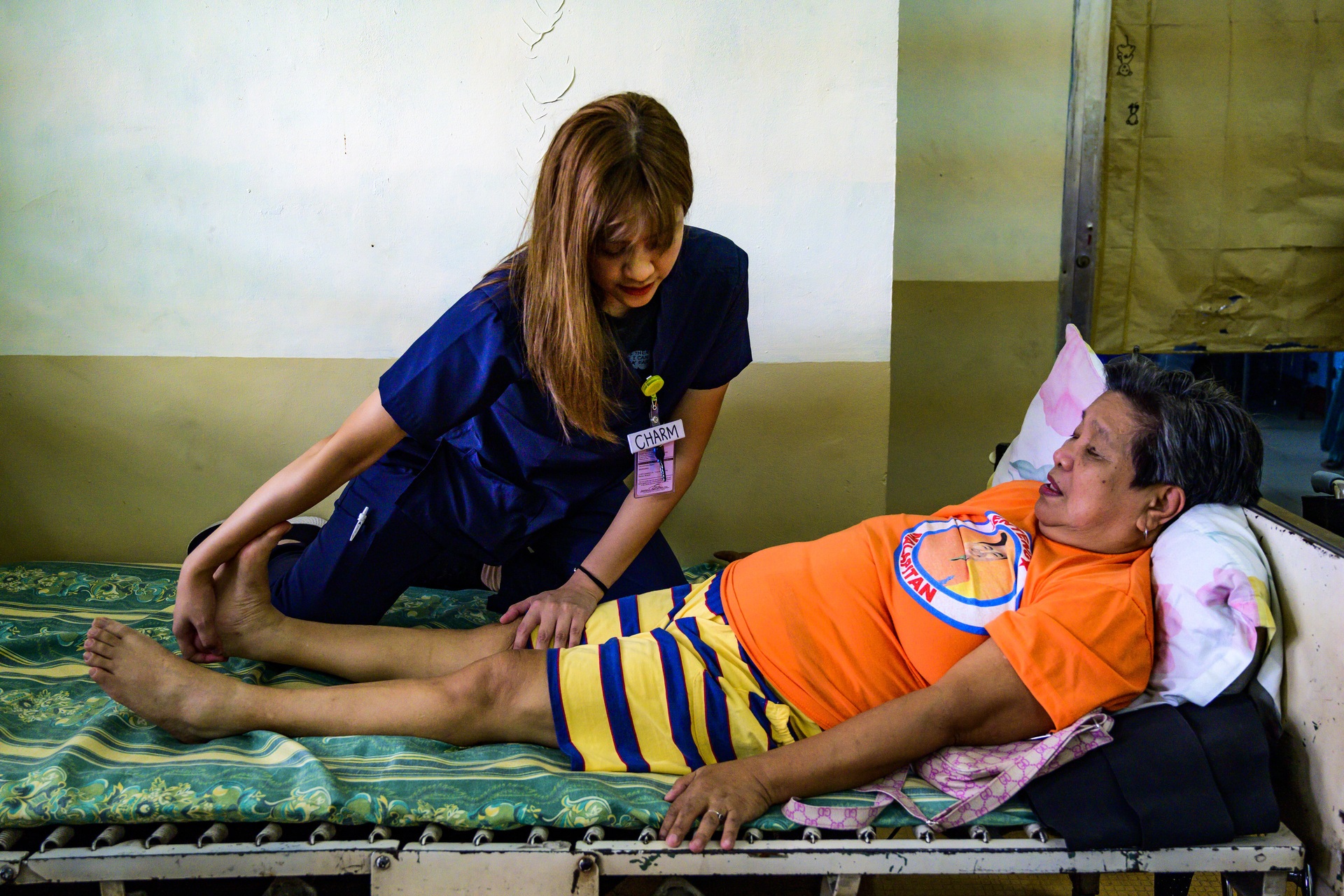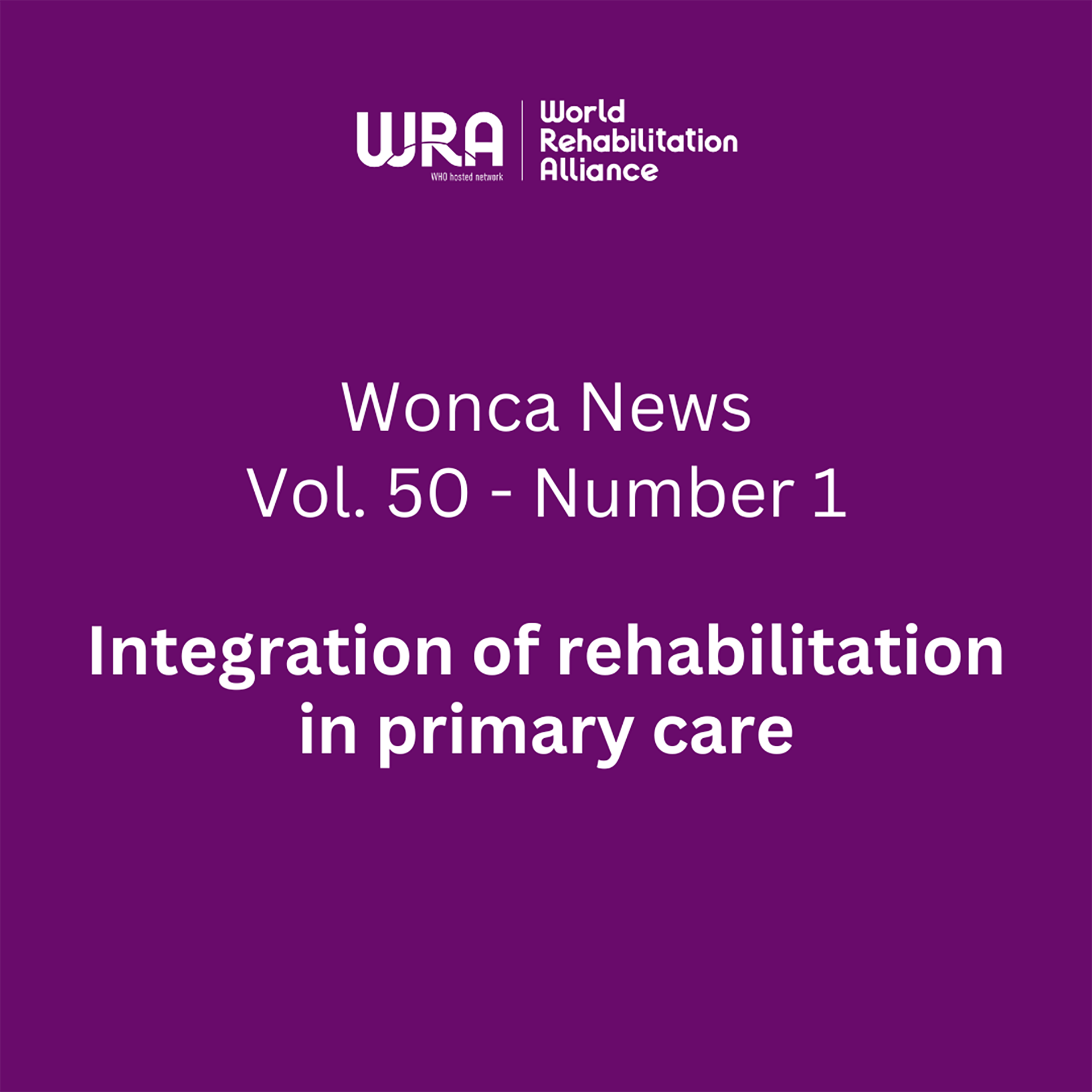

Primary care
Background
Primary care is the service core of primary health care (PHC). It enables first-contact, accessible, continuous, comprehensive, and coordinated person-focused care close to where people live and work. High-quality primary care improves health outcomes, equity and cost-efficiency.
An estimated one in three people have health conditions which would benefit from rehabilitation.(1) While critical to making rehabilitation accessible, in many settings, rehabilitation has not been effectively integrated into primary care. In countries where rehabilitation is available, it’s often concentrated in urban areas, leaving rural and remote areas underserviced.(2)
We aim to enable the optimal integration of rehabilitation and primary care along the continuum of care (promotion – prevention – treatment – rehabilitation – palliation) to reduce the burden of chronic disease and disability, improve quality of life and allow more fulsome contribution to community and occupation.
(1) Cieza, A., Causey, K., Kamenov, K., Hanson, S.W., Chatterji, S. and Vos, T., 2020. Global estimates of the need for rehabilitation based on the Global Burden of Disease study 2019: a systematic analysis for the Global Burden of Disease Study 2019. The Lancet.
(2) World Health Organization. (2018). Access to rehabilitation in primary health care: an ongoing challenge. Retrieved from: https://apps.who.int/iris/bitstream/handle/10665/325522/WHO-HIS-SDS-2018.40-eng.pdf?ua=1
Key messages
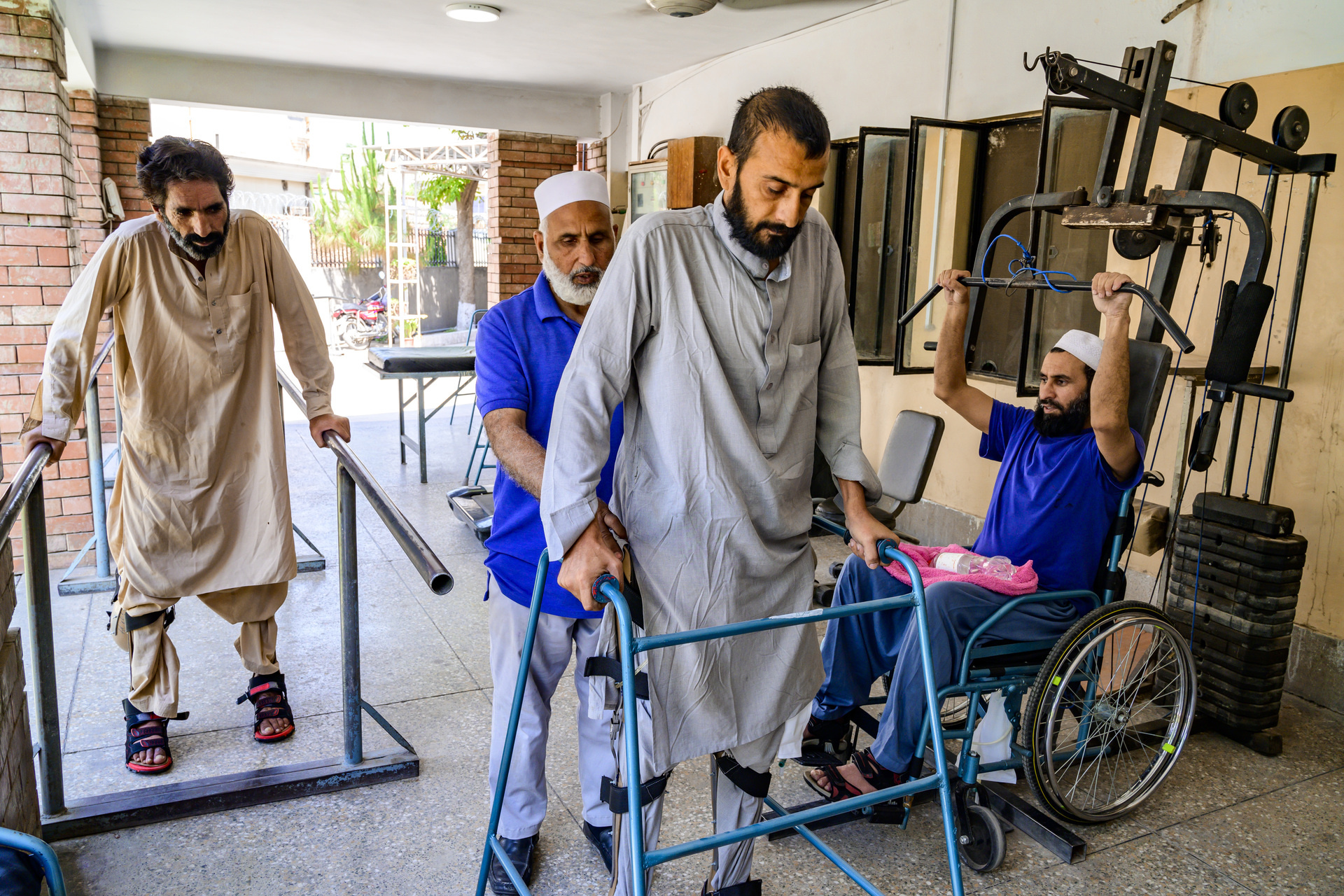
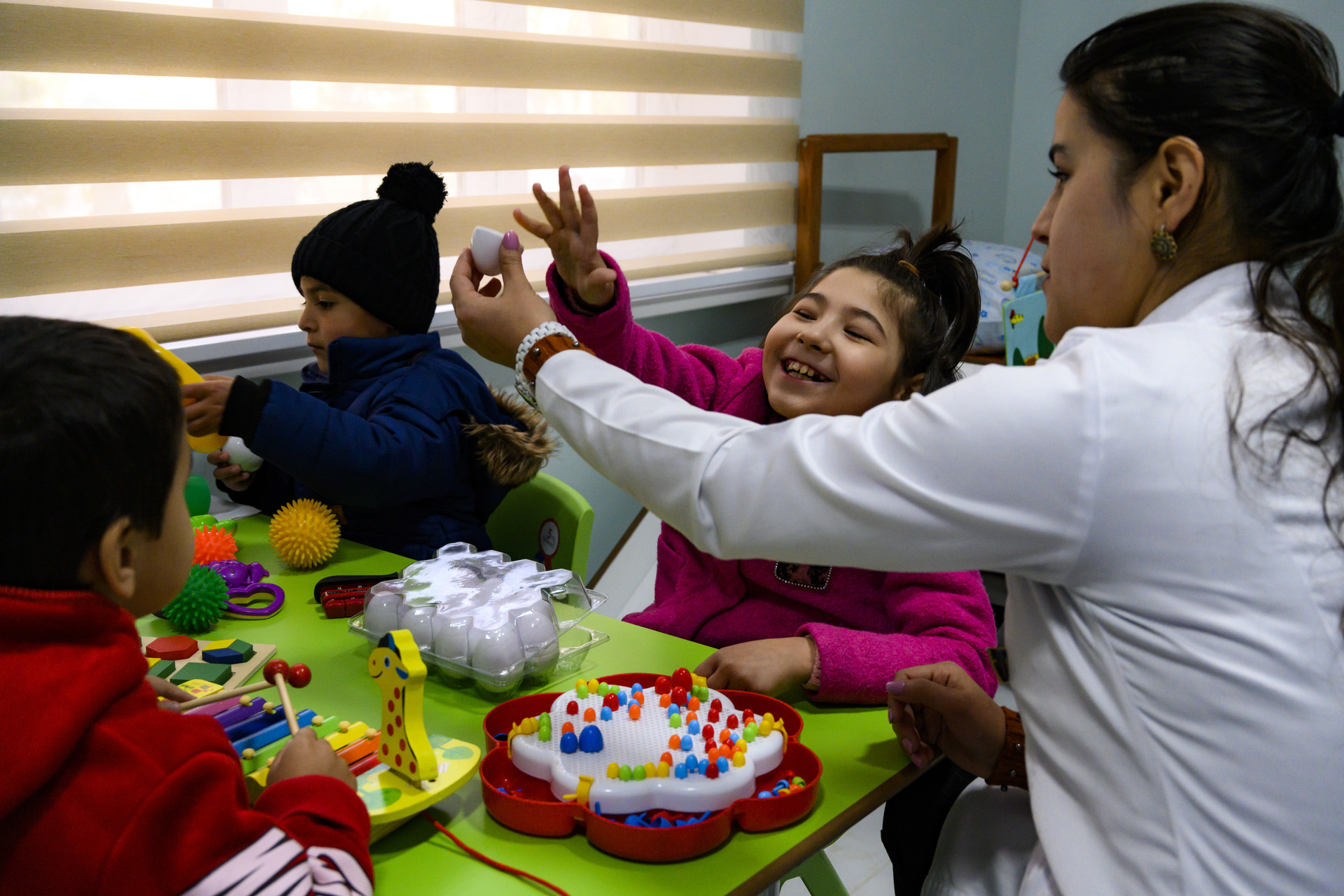
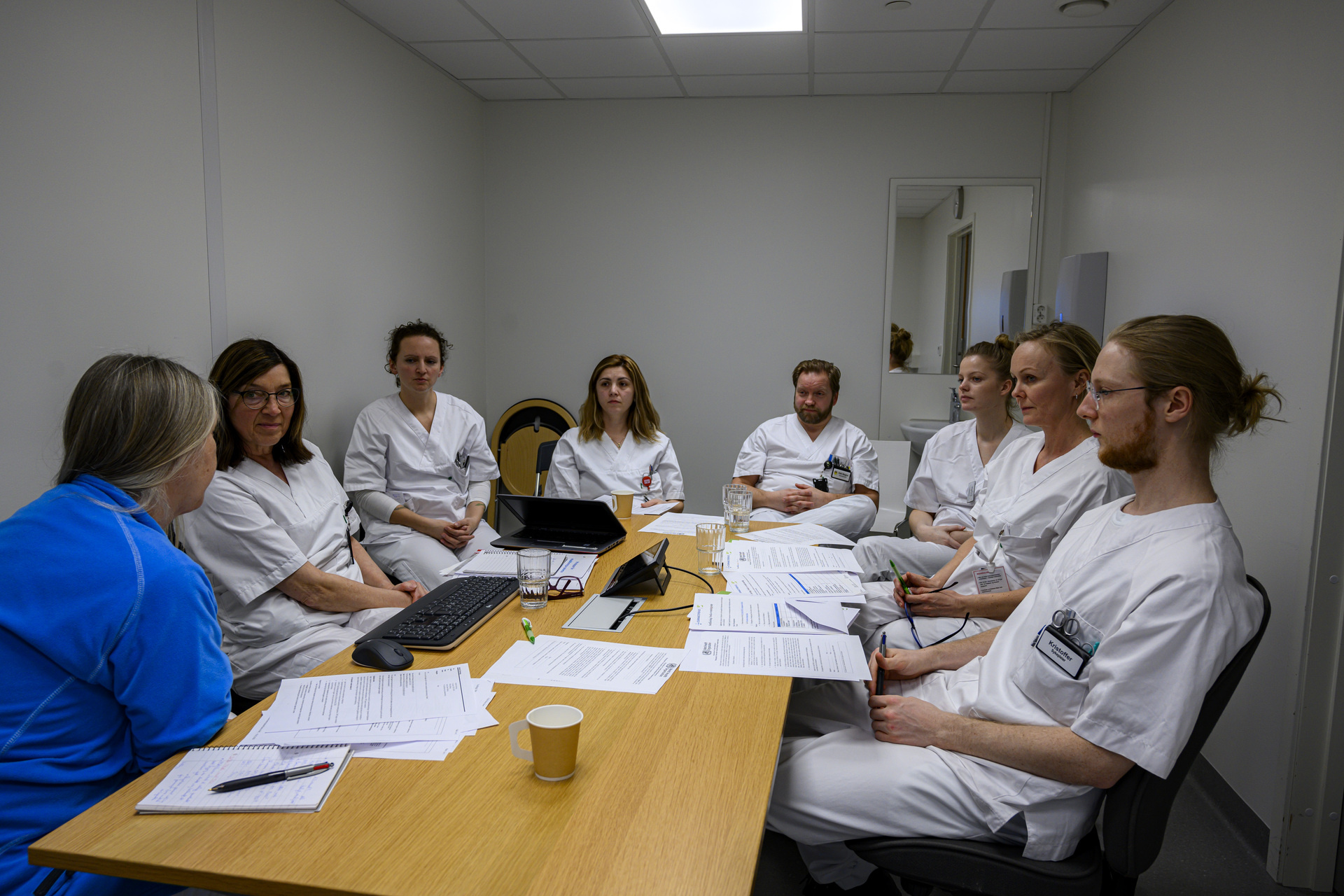
Advocacy resources


